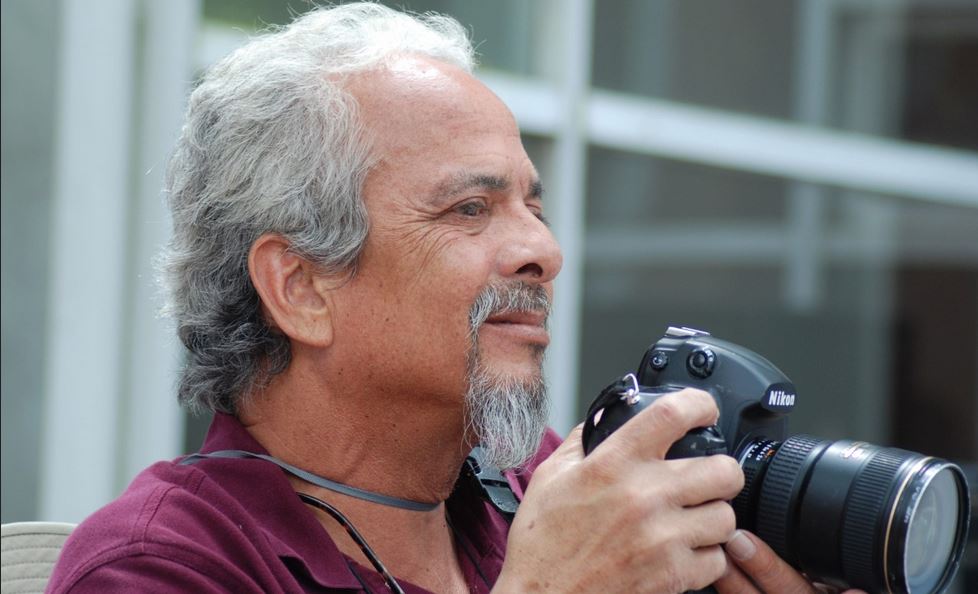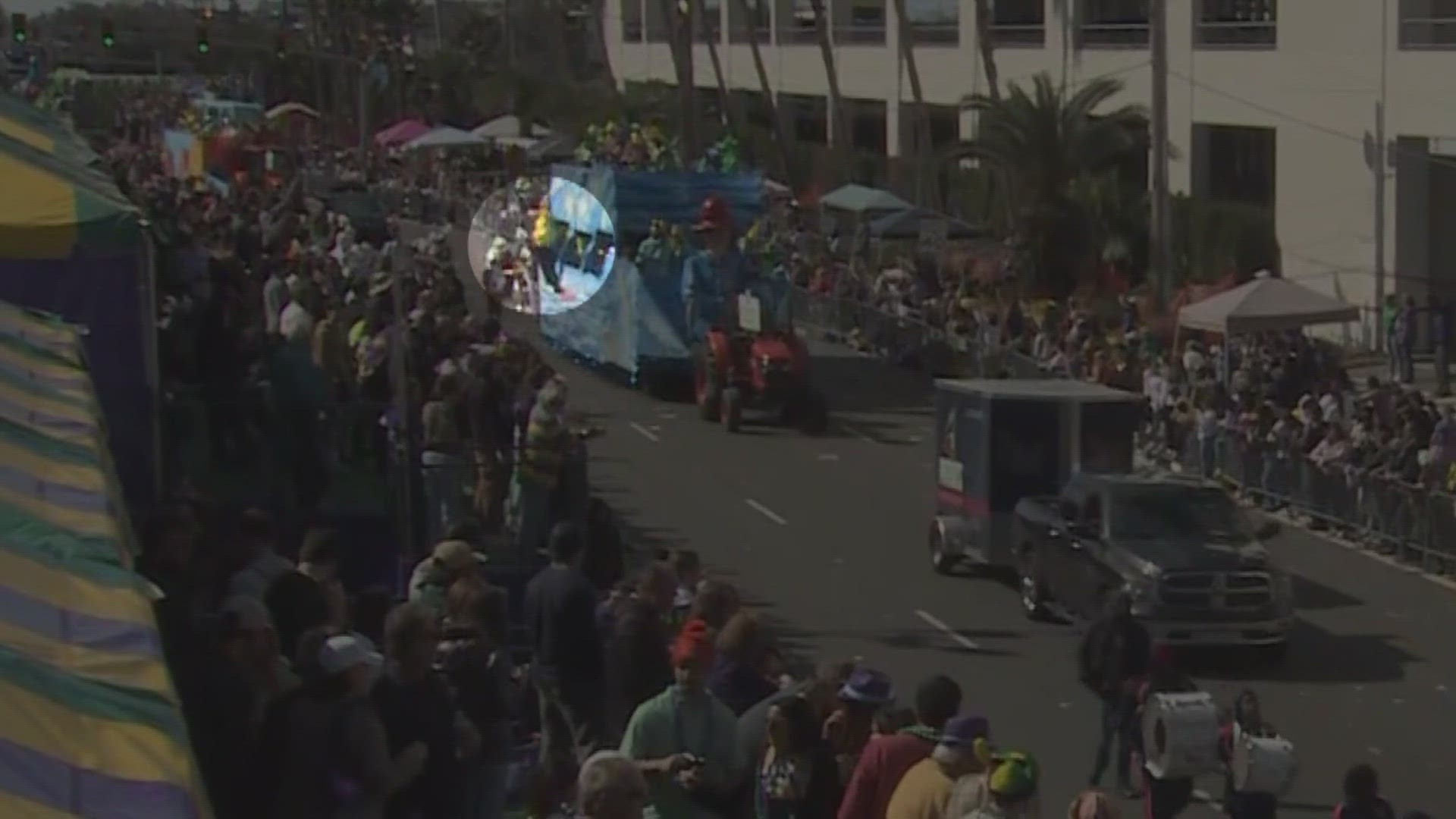NEW ORLEANS -- Photographer Harold Baquet spent 30 years documenting New Orleans' people, places and culture, as official photographer for two former mayors and later for Loyola University. Now, thousands of his photographs are being preserved and will be permanently housed at the Historic New Orleans Collection.
THNOC announced the acquisition Tuesday, saying it was formally approved last month. The announcement comes almost exactly a year after Baquet’s death in June 2015, following a long battle with cancer.
Baquet’s photographs captured local African-American life from the streets of the Seventh Ward to the corridors of City Hall, where he worked as the official photographer for mayors Ernest “Dutch” Morial and Sidney Barthelemy. He later spent 25 years as university photographer for Loyola University before retiring in 2014.
A seventh-generation New Orleanian, Baquet graduated from St. Augustine High School and worked as an electrician before pursuing his childhood dream of photography.
His archive, which includes thousands of slides, negatives, contact sheets, prints and ephemera, is the Historic New Orleans Collection’s first photographic collection by an African-American photographer.
His work includes iconic photos of Mayor Dutch Morial feeding birthday cake to Fats Domino, to Miles Davis handing a trumpet to a young Wynton Marsalis. There are also portraits of Muhammad Ali, the Mannings, Allen Toussaint and Big Chief Alison "Tootie" Montana, as well as scenes from street celebrations and barbershops, important centers of New Orleans' African-American neighborhood life. Many of the images documented parts of the city lost to Hurricane Katrina.
Baquet also captured the city’s music and cultural scene, including the New Orleans Jazz and Heritage Festival, the Black Heritage Festival, Mardi Gras, as well as daily life in the French Quarter.
“Much of Harold Baquet’s work covers time periods and subjects not overly represented in our collections, including African-American life in the last quarter of the 20th century,” said John. H. Lawrence, director of museum programs at THNOC. “It coincides chronologically with some other collections we have, but it’s a view of the city through different eyes.”
“Although THNOC holds examples of works by historically important African-American photographers, including Arthur P. Bedou, Villard Paddio and Florestine Perrault Collins, nothing compares in scale and scope to Baquet’s archive,” said Lawrence, who also serves as a photography historian and curator.
The Harold F. Baquet Archive joins THNOC’s archive of Michael P. Smith, the Charles L. Franck Studio Collection, the Jules Cahn Collection, the Clarence John Laughlin Archive, some of the many photography collections housed at the institution.
Baquet’s collection is unique in size and scope, however. His is one of the few comprehensive and surviving collections by an African-American depicting daily life in New Orleans housing developments, including the Desire-Florida, Lafitte, Magnolia and St. Thomas projects, as well as the Versailles Arms Apartments in New Orleans East, where Vietnamese refugees were resettled in the 1980s.
“Harold considered The Historic New Orleans Collection as the rightful home for his photographs and artwork because he wanted to expand The Collection’s full picture of New Orleans life, especially the valuable contributions of black families, civic leaders and working men and women to our community,” said his wife, public relations executive Cheron Brylski.
Additional Baquet material is already retained by the New Orleans Public Library and Loyola University’s J. Edgar and Louise S. Monroe Library.
THNOC said its items from the donation will become available to the public as they are processed.


